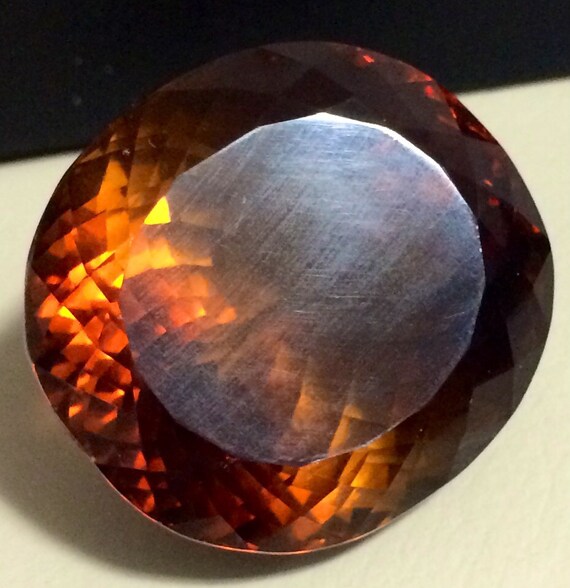Who first comes to this world below
With drear November's fog and snow,
Should prize the topaz's amber hue,
Emblem of friends and lovers true.
Like most other birthstones, the topaz is a proper silicate; it's primarily made out of SiO4. It forms in igneous rocks high in silicate (pegmatites, granite, etc.). Like other tough silicates (ruby, for example), topaz is often what remains after weathering. As a result, topaz is often found in gravel and/or alluvial deposits. Significant sources include Brazil, the Ural mountains, Sri Lanka, and Burma.
However, aluminum and fluorine don't necessarily affect the color of topaz, since it can form without colors. They instead affect the crystal lattice: topaz is orthorhombic in shape, while quartz is trigonal.
 |
| Trigonal |
 |
| Orthorhombic |
Stray chromium creates red, pink, and purple topaz; flaws in the crystal structure can lead to yellow, brown, or blue coloring. As a result of this play of light within the crystal structure, topaz is often pleochroic. There is also a whole host of trade names for topaz: imperial topaz is yellow/pink/pink-orange; blue topaz (which is rare in nature; most blue topaz has been dyed, heated, or otherwise enhanced), mystic topaz (colorless topaz given an iridescent coating), and orange topaz (orange to orange-yellow). Only the orange/orange-yellow variety are considered November's birthstone. ("Traditionally," anyway. You do you etc. etc.)
 |
| 128 ct topaz from HandyNat |
The ancient Greeks believed that topaz—and any other yellow-colored stone—imbued a person with physical strength. The Romans thought it improved eyesight, and Egyptians would wear it as a general stone of protection. Topaz was also used in Vedic astrology (some assert that the name doesn't come from the island of Topázios but the Sanskrit word "tapas," meaning fire). In addition to being associated with Jupiter, a topaz worn near the heart was thought to bestow long life, beauty, and intelligence. Europeans in the Middle Ages believed topaz could break curses and dispel anger.
Because it is relatively tough (8 on the Mohs scale), topaz can also be used as an abrasive, but beyond that, topaz is prized first and foremost for its beauty.



No comments:
Post a Comment